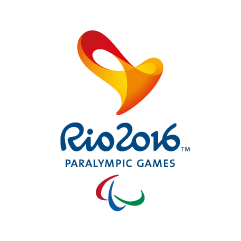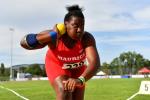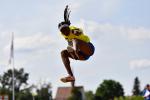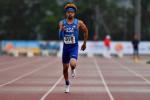Triathlon: Five things we learned from Rio 2016
04.10.2016The sport was on the programme for the first time in history. Find out what emerged.
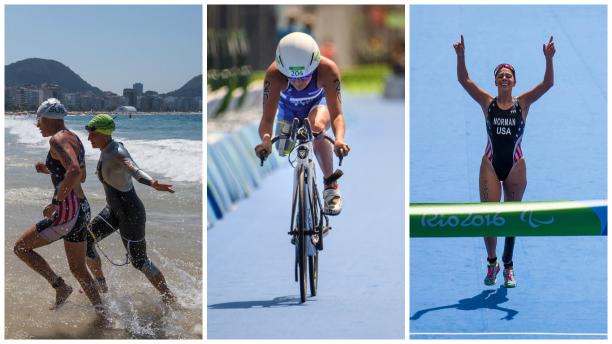 Para triathlon was contested at the Paralympic Games for the first time at Rio 2016.
© • Anthony Edgar for OIS/IOC
Para triathlon was contested at the Paralympic Games for the first time at Rio 2016.
© • Anthony Edgar for OIS/IOC
Para triathlon was contested at the Paralympic Games for the first time at Rio 2016. Here is what we learned from the sport’s debut.
1. Martin Schulz stamps his dominance
The men’s PT4 gold medal – the most competitive class – was a toss-up between Germany’s Martin Schulz and Canada’s Stefan Daniel. Although Daniel had upset Schulz back at the 2015 World Championships in Chicago, Illinois, Schulz had dominated the class pretty much since 2013. Looking strong through each segment and transition, Schulz re-affirmed his dominance by taking the first ever Paralympic gold.
2. No longer teenagers at Tokyo 2020
Nineteen-year-old Daniel noted after his silver-medal finish that he still has a lot to learn. The USA’s Grace Norman, at 18 years old, captured the first women’s Paralympic gold medal in the sport with a surprising victory over British favourite Lauren Steadman in the PT4. Who knows how much better they will be at their prime in four years.
3. Anything can happen on race day
From equipment malfunctions to scorching weather conditions and even rough ocean waves, Para triathletes must be prepared for anything. Rankings and past performances become irrelevant. For gold medal favourite Steadman, missing the inflatable marker in the swimming segment cost her crucial time. The British athlete also had a mishap at the 2016 World Championships in July with a crash on the bike. Norman, on the other hand, raced a perfect race.
4. Memorable debut
Held along the iconic Copacabana Beach with the sun shining, the sport’s first Paralympic appearance was a picturesque one to remember for both athletes and spectators. The emotional reactions from the first gold medallists are one to cherish. Perhaps one of the top storylines was the USA’s Melissa Stockwell – the first US Army female solider to lose a limb in Iraq – taking bronze on the 15th anniversary of 9/11. She completed the US women’s sweep in the PT2.
Spectators who had never watched Para triathlon also got to see some intricate details that differentiate it from its able-bodied version (e.g. athletes starting from a platoon, how the Para triathletes transition between segments) and may leave them wanting more.
5. Continued growth
Following a successful showing at Rio 2016, the sport looks promising for further growth and development. The athletes competing ranged in age and athletic backgrounds, and came from all around the world. Morocco’s Mohamed Lahna was the only athlete representing Africa in the sport and was a podium surprise in the men’s PT2. Mexico’s Sierra Estrada – the strongest Latin American athlete in the field -- added pressure in the men’s PT4. The sport’s reach was obvious at Rio and is evidence how far it can go.

